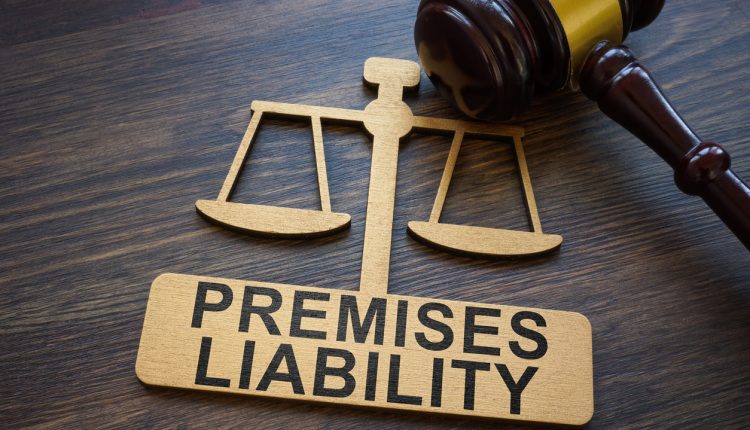Tips For Dealing With A Premises Liability Claim
Premises liability claims are attracting higher compensatory awards than ever before.
The average Canadian insurance policy rarely covers the damage, so if you’ve experienced a catastrophic injury, it’s best to obtain legal assistance for a personal injury case. A premises liability lawyer will file your claim and bolster your case with evidence and eyewitness accounts. Accident victims can play a starring role in their cases by following a few important pieces of advice.
What is a Premises Liability Claim?
Premises liability is a basket term that covers a range of different claims. In general, however, it covers accident injuries due to dangerous conditions on someone else’s property. A successful case must prove three things:
- That the property in question was, indeed, dangerous.
- That the property owner’s negligence led to those hazardous conditions.
- That you suffered an injury as a direct result of that negligence.
You can bolster your case in several key ways:
#1 – Identify the Dangerous Conditions
The potential for a premises liability claim isn’t always obvious. You can’t claim if you don’t see the flaw. Dangerous conditions might include:
- An accumulation of snow, ice, or water, whether on sidewalks, in homes, or parking garages.
- Slippery substances on retail floors.
- Dangerous animals on site.
- The presence of hazardous chemicals.
- A failure to handle repeated criminal activity.
- Poorly constructed or designed buildings.
You can only sue a property owner for negligence if the person who manages the property negligently created the hazard or failed to remove it. If a necessary inspection was missed, it could also be turned into a premises liability claim.
#2 – Collect Photographs and Other Evidence
If your injury isn’t life-threatening, gathering evidence of the hazard is the first step to a successful claim. To win this case, you must show that the defendant owns the property and failed to provide their duty of care. When you photograph the area, ensure to capture all scene details. If there were no warning signs, ensure your photographs demonstrate their absence. Some examples of key pictures to collect are:
- Stairs or platforms that aren’t built to code.
- Flooding or snow accumulations.
- Hidden cables.
- Loose mats or carpets.
- Floor cracks, potholes, or loose tiles.
It’s equally important to gather eyewitness accounts, so ask for the contact details of those who saw the accident. If the premises manager fails to act on a hazard for an extended period, negligence will be easier to prove, so collect the contact details of on-site employees or residents. The premises may have security cameras capturing the accident, so ensure they’re kept to one side.
#3 – Tell the Truth, but Limit Your Words
If you had a role in your exposure to the hazard, it’s best not to lie about it. If, for example, you were trespassing at the time of the accident, don’t claim otherwise. Dishonesty could be used against you in court. Speaking too much can be equally damaging, so limit your conversations. Don’t voluntarily admit guilt, and keep the incident off your social media pages. It’s best to request legal advice before you expand on the incident to the at-fault party’s insurer.
#4 – See a Doctor as Soon As Possible
Your medical records are one of the most important components of your case. Seeing a doctor immediately after your accident will help to prove that your injuries were caused at the time and place of your claim. The stronger your diagnostic evidence is, the better, so if a doctor recommends X-rays or other tests, try to have them done. Follow-up appointments will further strengthen your case by showing the court the severity of your injuries and the lost work hours they might have caused.
Premises liability claims can be complicated and time-consuming, so it’s crucial to bolster your claim with as much evidence as possible. It’s only natural to feel intimidated by this process, but with a lawyer at your side, you can give your case its best chance of success.




